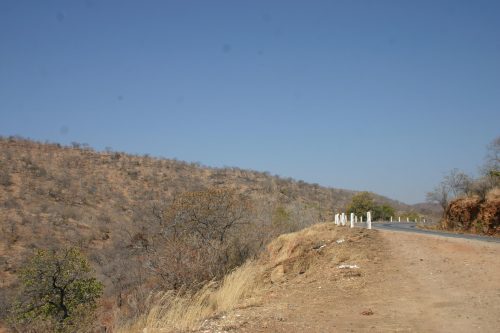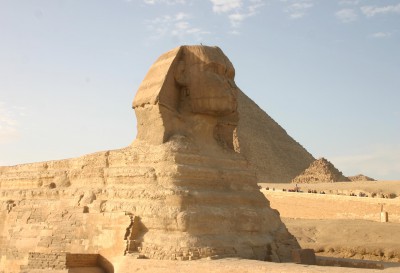
Egypt is the world’s oldest tourist destination. The ancient Greeks were attracted to and suitably impressed by the pyramids that already at that time were more than 2000 years old. Now the pyramids are about 4500 years old and still standing. Modern day builders could learn from that. The Egyptian language did not last as long as the pyramids, and the language in Egypt is now Arabic (and they call their country Misr).
Other things have changed, too. Around 2500 BC Egypt was the richest and most advanced society in the world. Now it is a developing country with 20 percent under the poverty limit, 25 percent illiterate and a burgeoning population (at present 99 million people). Less than four percent of the land is farmed (an area roughly the size of Denmark) – the rest is desert – so where will all their food come from?
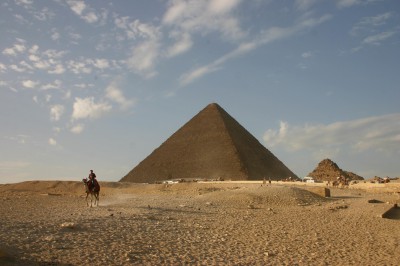
Like millions of others, I am attracted to the majestic pyramids and the mysterious sphinx at Giza, which are designated a UNESCO World Heritage Site. One of the pyramids is Cheops Pyramid, the largest of them, and the oldest of the Seven Wonders of the Ancient World (and the only one still intact). Seeing them in real life is quite something. They are truly wondrous. The stone blocks that the pyramids are made of are enormous and it is difficult to imagine not only how the ancient Egyptians managed to pile and snugly fit the blocks on top of each other but also how on earth they transported the stone blocks from distant quarries to Giza.
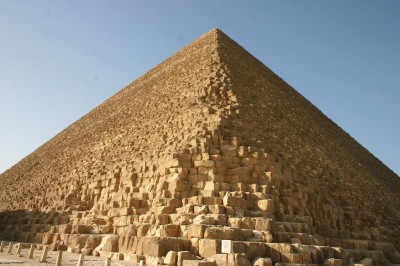
Pyramid pests
The pyramids were built by the local people (not slaves, we are told) during the period of the year when the farmland was flooded by the Nile and they could not farm. I try for a walk on my own around one of the pyramids, but am constantly assaulted by annoyingly persistent hawkers of camel rides, horse buggy rides, private guided tours “just for you my friend”, advice on good photo opportunities and more. I try and ignore them. Doesn’t work. Then I try and say no thank you. Patience and politeness on my part do not work, neither do less patience and less politeness. Finally, totally frustrated and getting pretty angry, I use the f-word and they scurry away, no doubt in shock at my behaviour.
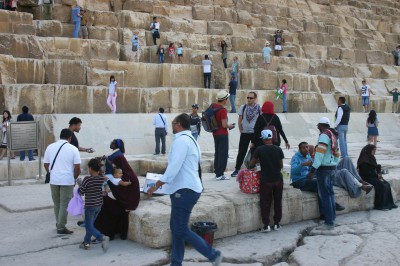
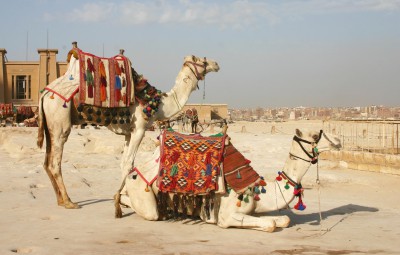
Another thing that frustrates me is the laissez-faire attitude to preserving the pyramids. There are signs everywhere saying “No climbing” but what do people do? Climb! Oftentimes perching right beside the sign – and no one does anything about it.
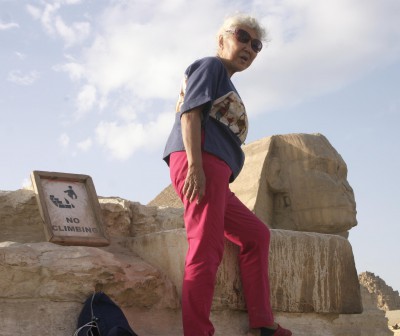
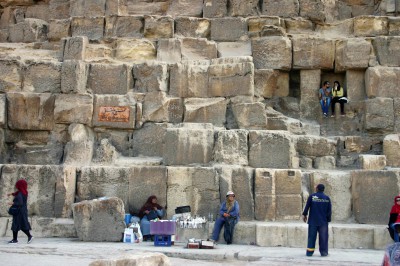
Maybe it is just me that is ignorant, but I did not realise that Giza is so close to Cairo. You can actually see the tops of the pyramids from the city. Cairo is dirty, dusty, noisy, exotic, chaotic, and crowded (pop. 20 million). It is one of the world’s largest cities – and one of the most polluted. Somehow, though, it is quite charming, especially the souk, where throngs of Egyptians go to eat, drink coffee, smoke water pipes, talk, meet each other, shop, haggle, hang around, and listen to music. At no time do I feel insecure (although I would have if I had had to drive in the crazily chaotic traffic), and I find the people very open and friendly – and no one brash and aggressive hustles me like at the pyramids. 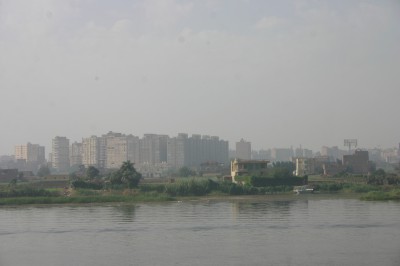
My excursion to Cairo includes a visit to the amazing Egyptian Museum. The museum is huge, so a couple of hours is not at all enough. This is where the antiquities found in the pyramids are on display. You can see mummies, including children, dogs, cats, crocodiles, birds and pharaohs, sarcophagi,
mummy masks, jewellery, and bits and pieces of furniture and household goods that were necessary for the afterlife.
Unfortunately, there are a gazillion tourists in the museum at the same time, including numerous school classes, so it is somewhat of a struggle to make your way to the display cases. The authorities should limit the number of people they let in. I shudder to think what would happen if there was a sudden need to evacuate the building.
Just yesterday (i.e. December 28, 2018), a terrorist bomb went off by the buses at Giza, killing three Vietnamese tourists and their Egyptian guide. It is pretty scary to realise that is where I was one month ago. I cannot fathom what terrorists expect to gain by these acts.
Horrible as these things are, we must take comfort in the fact that the sun keeps rising, no matter what we do to each other or Mother Earth.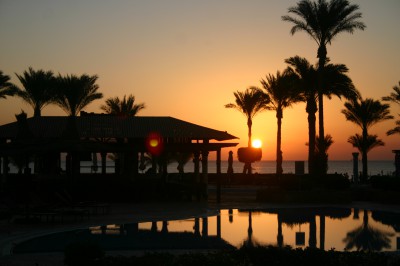












 ,
,


